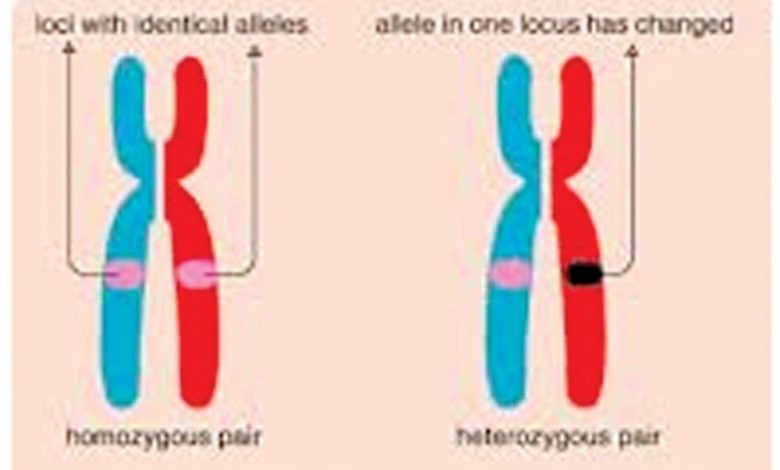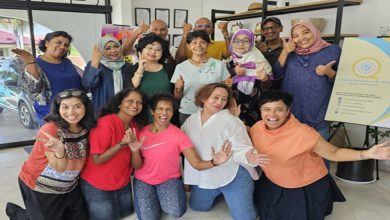

Child Health
Dr Shan Narayanan
Genetics is interesting and puzzling. In this article we continue to look at the various terminologies:


Our body is made up of numerous cells with many different cell types like muscle, kidney, skin, etc. Each cell contains 46 chromosomes. Each chromosome can be identified by its relative size and location of the centromere, a constriction in the chromosome.


The arrangement of chromosome in one cell according to its size is called Karyotype. This is created by photography.
The first 22 pairs (that is, Nos. 1 to 22) of chromosomes are called ‘autosomes’. They decide our appearance and instruct cells to carry out the bodily functions.
The last pair, the 23rd is called the ‘sex chromosomes’. A part of it decides the sex of the individual and the rest carries other information. Males have one X chromosome and one Y chromosome. Females have two X chromosomes.


From the previous article we know that a gene is a stretch of DNA in the chromosome. As chromosomes are in a pair, genes are also in pairs (except in the sex chromosome). The gene pairs are a set of instructions that tell the cell how to make a specific product called protein.
Each gene may have different forms. Alleles are the different form of the same gene. An individual has two alleles of a gene (as genes are in pairs).
An individual may be homozygous or heterozygous for a gene. A homozygous individual has two identical allele for the gene. A heterozygous individual has two different allele for the gene.
Locus is the position of the gene in the chromosome. Alleles and locus are illustrated in the diagram above (Diagram 2).
GENOTYPE & PHENOTYPE
At a specific locus there is an allele in each of the two chromosomes. In the above diagram the first pair of chromosome has identical allele at a specific locus (homozygous). The second pair of chromosome have different alleles at a specific locus (heterozygous).
The two allele together are called genotype. As gene determines our traits, there are different genotypes for different traits. The traits being physical, behavioural and predisposition to medical condition.
The observable traits such as height, colour of eyes, blood group, severity of inherited medical condition, temperament, etc., are called phenotype.
An example:
For our blood group there are three alleles, namely A, B and O.
|
Phenotype |
Genotype |
|
Group A |
A/A,A/O |
|
Group B |
B/B,B/O |
|
Group O |
O/O |
|
Group AB |
A/B |
This explains why a couple, one with blood group A(genotype : A/O) and the other with blood group B (genotype B/O) can have a child with blood group O (Genotype O/O).
The next article will be about patterns of Inheritance: Autosomal dominant, Autosomal recessive and X-linked.


